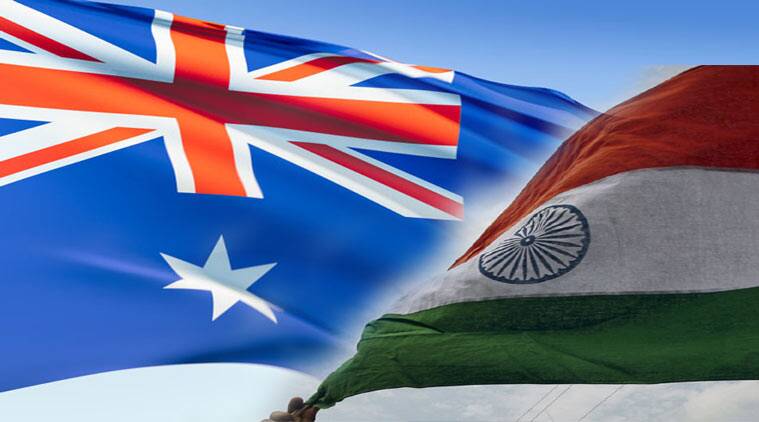



Article by: Hari Yellina (Orchard Tech)
Earlier this month former Australian Prime Minister Tony Abbott was on a visit to India to energise and expand Australia’s bilateral trade and investment relationship with India. That the visit had helped accelerate things was evident from last week’s joint statement after a video meeting between Piyush Goel, India’s Minister for Commerce and Industry and Dan Tehan, the Australian Minister for Trade, Tourism and Investment where the two ministers “directed officials to speed up the negotiations.
India and Australia did carry out at least 9 rounds of negotiations between 2011 and 2015 to finalise a Comprehensive Economic Cooperation Agreement (CECA). However, differences in position on a number of issues including tariffs, movement of professionals and market access resulted in the agreement not achieving fruition. The two countries have travelled quite a distance since then and a converging regional strategic vision increased defence cooperation, as well as shared concerns about China, have brought them closer than ever before.
Both countries have already made a beginning by commissioning respective country strategies. Australia’s An Economic Strategy for India to 2035 envisages Australian exports rising by five times and investment by ten times in 20 years, making India among Australia’s top trade and investment partners. India’s reciprocal report, perhaps the first and the only one for any country, Australia Economic Strategy (AES) identifies 12 sectors for enhanced collaboration, a granular approach and increased trade and cultural exchanges.
At a very fundamental level, a shorthand version of the deal-the ‘early harvest’- would be an effort by both countries to quickly increase market access for their own goods and services in each other’s markets. Australia is excited at the prospect of India’s large market and its expanding middle class. It would therefore be keen on access for its manufactured products through lower Indian tariffs, particularly since some of its Asian competitors would have already had this access through FTAs with India. India would similarly be looking out for increased exports in areas like textiles, apparel, vehicles and pharmaceuticals as also a levelling of the field by gaining access to the same (lower) tariffs that Australia currently gives to its FTA partners.